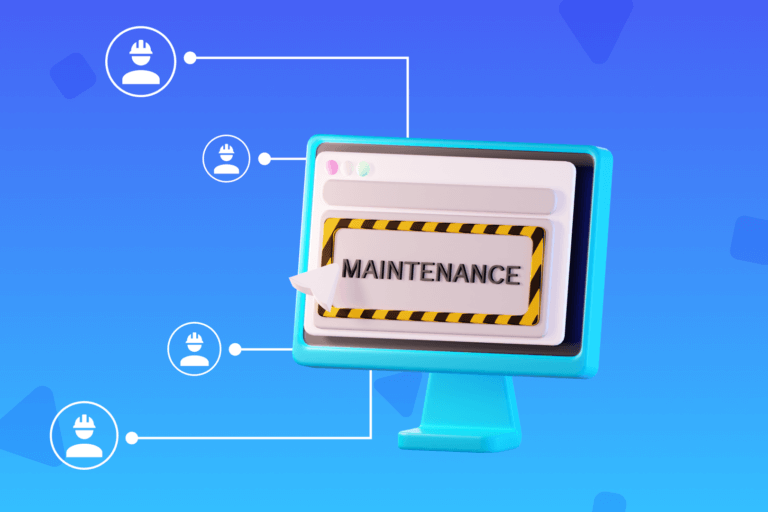Processing, prioritizing, and tracking incoming work orders requires a lot of effort, especially when they are coming from different channels such as emails, meetings, instant messages, phone calls, and more. Managing all these requests is time-consuming and difficult to sustain.
Do you want to bring organization to the chaos of incoming work order so you can spend more time on other essential tasks to keep your business going? An efficient work orders management system can improve productivity and customer service, while ensuring that actionable performance records are kept for every task so that organizational efficiency can be easily examined.
These are some good practices to improve work request management, streamline the process and remove inefficiencies.
Request a formal submission for all requests
Even if a new project is formally discussed in a meeting, informally mentioned in a conversation, or requested via email, nothing gets done unless it’s submitted through a formal requests and is assigned a deadline. It is advisable to have a template to manage requests easily and effectively. Mapping out the types of requests your team receives and all the information needed to complete them will ensure everyone understands the process and how to deal with work orders.
Keep all your incoming work requests in one place
Sticky notes, spreadsheets, emails are a recipe for disaster. With a clear process for managing work order you can better use internal collaboration and get the job done faster. All the departments will benefit with a better organization because they know their requests will be handled in an organized and timely manner.
When all your work orders are coming from one place, you know who’s responsible for each request and its status, and any duplicate requests can be easily identified and cleared from the queue. The key for a better organization is to be organized, prioritize and track all the request.
Determine work orders priority
Successfully prioritizing your work orders is key to keep an efficient system. That is why it’s critical to employ a standardized set of rules for prioritization in order to get a systematic process. You or your project manager need to identify which tasks need immediate attention and identify what carries the highest value to your business and organization.
Complete the approval process
To avoid delays and complications, all work orders should be subject to approval prior to actual execution and assignment. Upon approval (or cancellation, or a request for revision), a notification can be sent to the end user to inform them of the status change for their request.
Use scheduling management tools and work orders software solutions
Scheduling is one of the tasks that benefits the most because makes a facilities manager’s job significantly easier. With the availability of mobile apps to manage and schedule work tasks, managers can view and update schedules from any location through a mobile device.
Work order software solutions can be configured to complete tasks and to track the progress of a project. An additional feature that you can use with your work order software is invoice generation. Once a project is completed, the software will automatically generate an invoice for your customer or your employees. In conjunction with the invoice function, many types of work order software will also track hours invested in the project to determine profitability and worker efficiency.
Take advantage of mobile technology for your work orders
Mobile apps streamline work order management and save money by helping users communicate with other technicians, managers or workers instantly, access documents anywhere and complete work orders remotely. Mobile maintenance management tools allow you to assign work orders and send important details to technicians at the job site reducing human error and speeding up task completion so workers can only move on to the next assignment if the last one was performed correctly.
Mobile work order management systems enable field service managers and supervisors to organize, schedule and send work orders to their teams from anywhere, anytime. Managers and employees can chat in real-time through the app to ensure jobs are performed correctly, even if the task details change at the last minute.
The DataScope app has been designed to help workers and technicians in the field complete work quickly and accurately. It provides simple ways to trigger important actions, such as reporting asset downtime immediately, supporting communication and manage data.
Download the DataScope app and start now!
DataScope is the ideal tool to eliminate paper use, save time, and efficiently collect data from the field. It allows companies to streamline, organize and evaluate field work thanks to its online forms, which provide indicators in real time, 100% adaptable to any area.
With DataScope, your team can answer custom mobile forms from their phones or tablets, online or offline, through the app.







